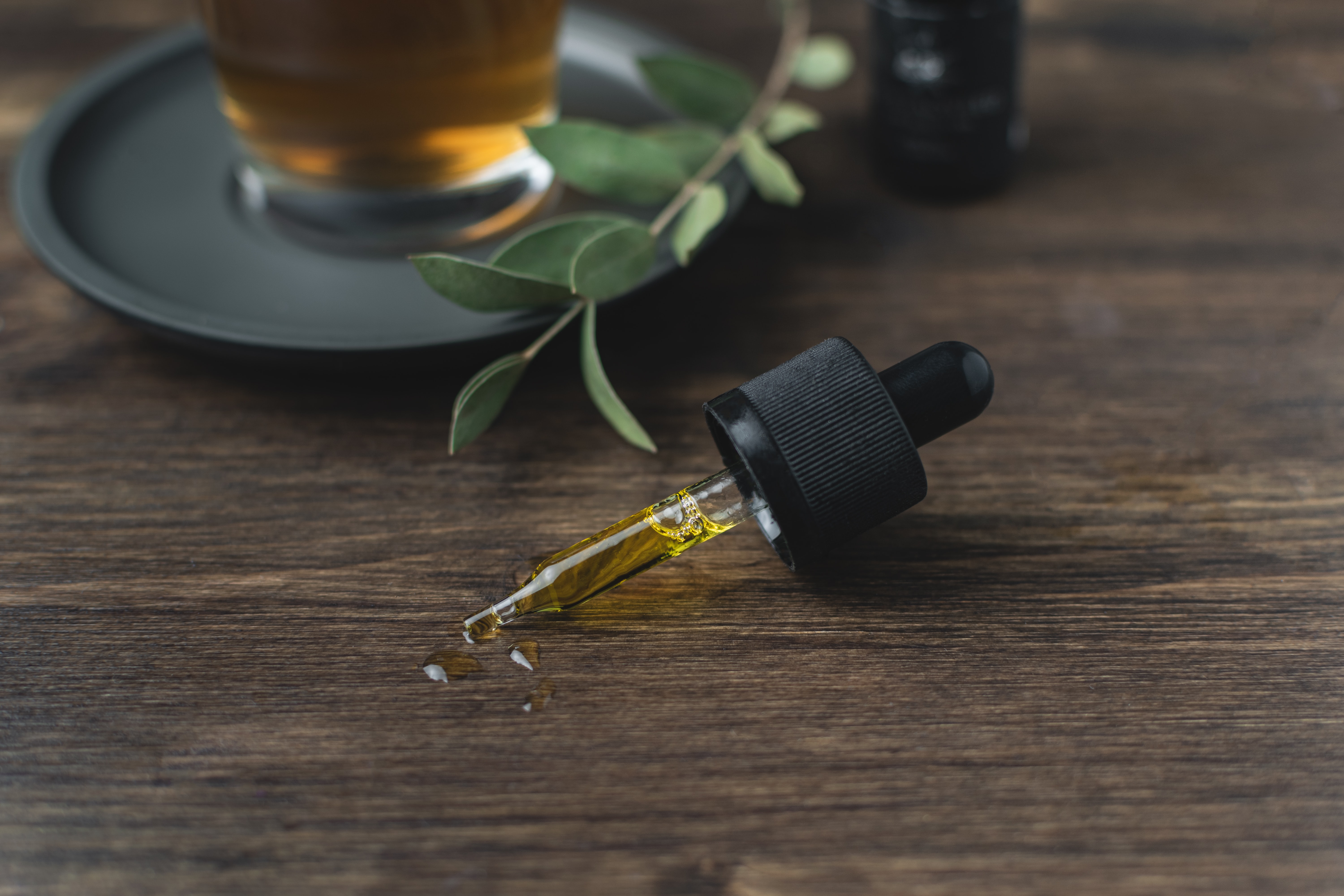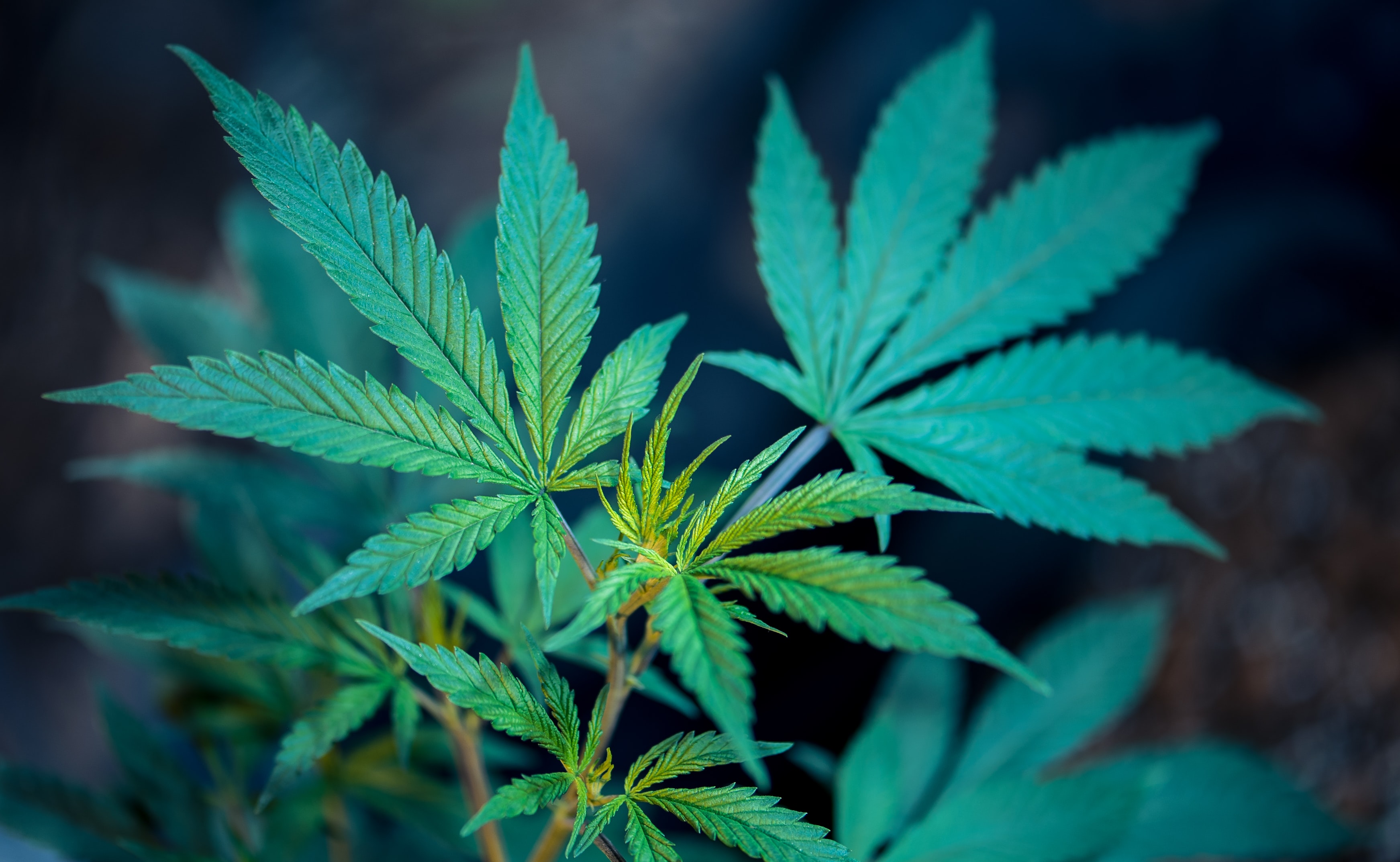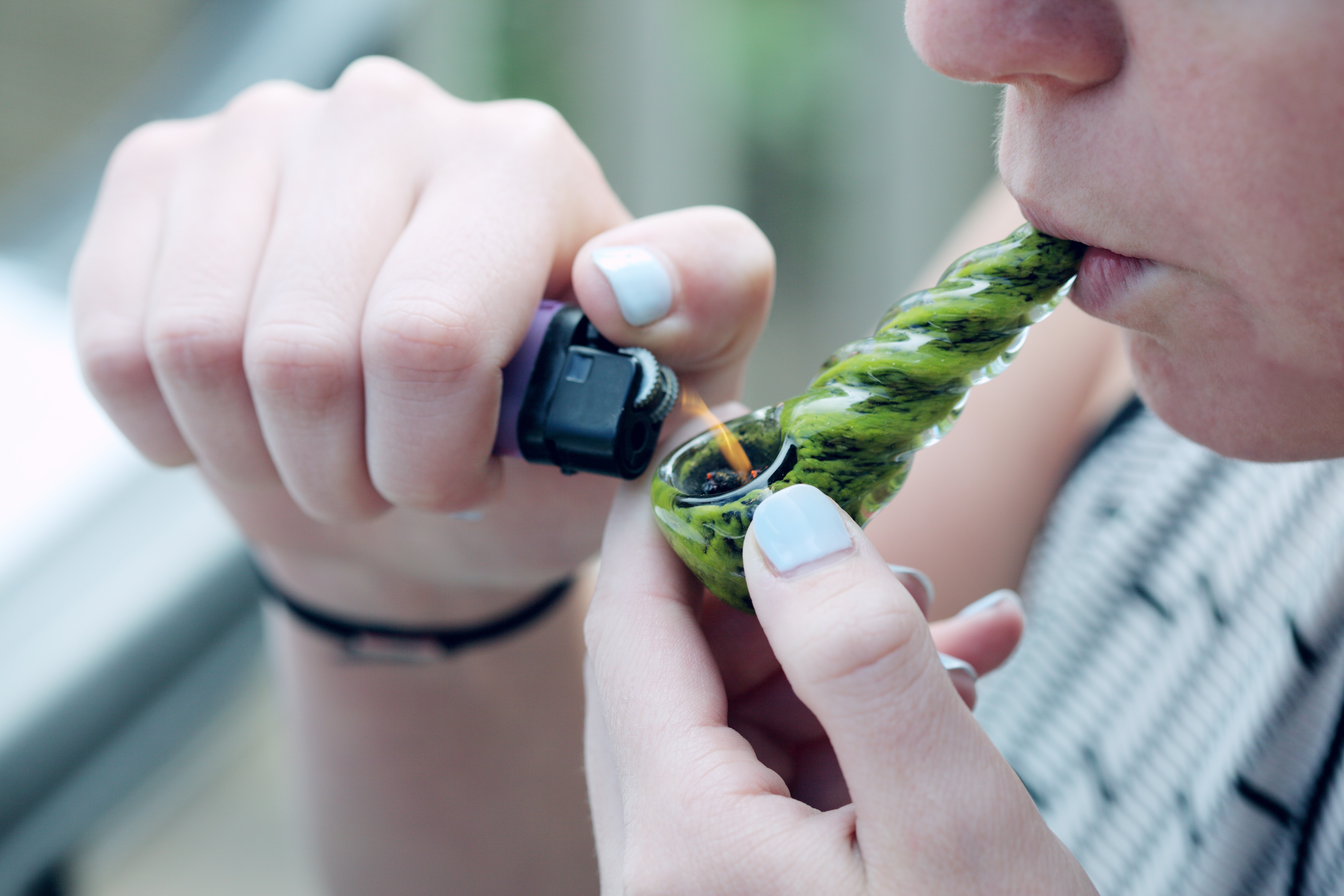In Canada, the new regulations in the 2018 Cannabis Act replaced the Access to Cannabis for Medical Purposes Regulations (ACMPR). The ACMPR once governed how patients could access cannabis for medicinal reasons. How does it work now?
The information on this page should be used as a guide and should not be considered medical or legal advice.
How Does Medical Marijuana Availability Work In Canada?
 Medical cannabis is marijuana consumed for medical purposes by a patient. It can still be prescribed medical cannabis by an authorized healthcare practitioner; however, the new regulations mean different paths for patients looking for this product from federally licensed sellers than before.
Medical cannabis is marijuana consumed for medical purposes by a patient. It can still be prescribed medical cannabis by an authorized healthcare practitioner; however, the new regulations mean different paths for patients looking for this product from federally licensed sellers than before.
Patients authorized by their health care provider can access cannabis for medical purposes in several ways: they can register with Health Canada to produce a limited amount of cannabis for their medical purposes, having someone grow it for them or buy directly from a federally licensed seller like everyone else.
After you consult with a healthcare practitioner, they can send a prescription to an approved Health Canada-licensed producer of your choice. You will be required to pay for your medical cannabis, as it does not enjoy the same coverage as pharmaceutical prescription medications. For instance, if you’re in Ontario, OHIP would not cover medical cannabis prescriptions.
How Does Medical Marijuana Work In The Body?
T he two most populous compounds (cannabinoids) in cannabis – the ones believed to have the most therapeutic benefits for the user – are tetrahydrocannabinol (THC) and cannabidiol (CBD). THC is the compound that creates the psychoactive effects of cannabis – the euphoric “high” effect. CBD is non-psychoactive, meaning it does not provide a high.
he two most populous compounds (cannabinoids) in cannabis – the ones believed to have the most therapeutic benefits for the user – are tetrahydrocannabinol (THC) and cannabidiol (CBD). THC is the compound that creates the psychoactive effects of cannabis – the euphoric “high” effect. CBD is non-psychoactive, meaning it does not provide a high.
They both work on the body’s endocannabinoid system (a series of receptors found on the nervous system) in different ways. THC instigates an effect in the receptors in the brain that creates the high, but it also stimulates appetite, reduces nausea and vomiting, alleviates anxiety, and diminishes chronic pain. It can also decrease glaucoma-causing pressure on the eyes.
CBD is believed to work as an anti-inflammatory, and there’s evidence that it can be used to treat childhood epilepsy syndromes that typically don’t respond to anti-seizure medications, including Dravet syndrome and Lennox-Gastaut syndrome (LGS). CBD for these situations would come as an extract, not a dried flower for smoking.
Both compounds have known medical benefits, and many patients use them in isolation or as a combination with each other for the best effect. If they need to manage symptoms during the day without the high, many patients choose strains that are low in THC with a lot of CBD.
Can I Get Medical Marijuana Without A Doctor’s Referral?
If you’re wondering if you can get medical marijuana without a doctor’s referral, you can – it would be purchasing it like anyone else. If you’re considering using it for a particular condition, talk to your doctor before purchasing. Canadians with health conditions for which marijuana is helpful can still get, with the support of their physician or nurse practitioner, a 30-day supply of cannabis sent to their homes.
If you’re unsure about which strain or about the quality of the bud, you can choose a dispensary specializing in medicinal weed. They can provide cannabis with the proper concentrations of THC and CBD for your needs!


